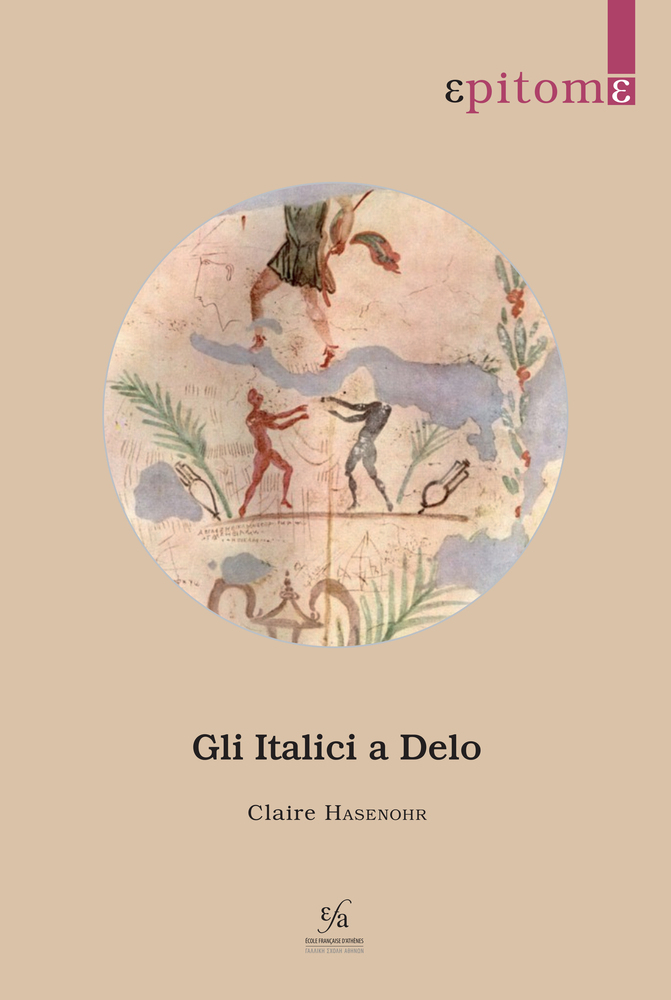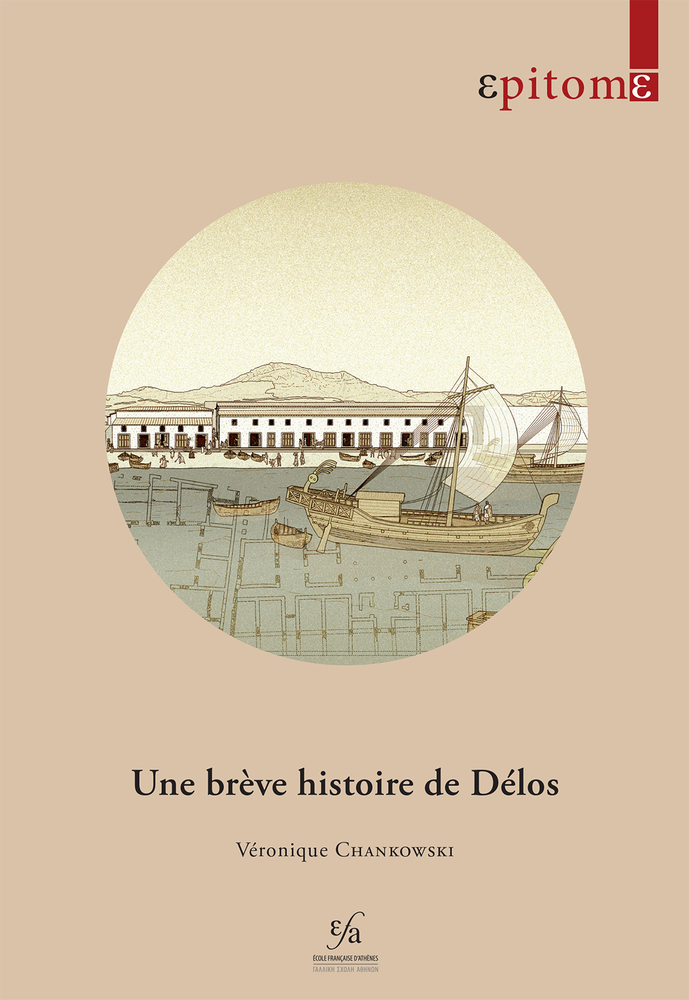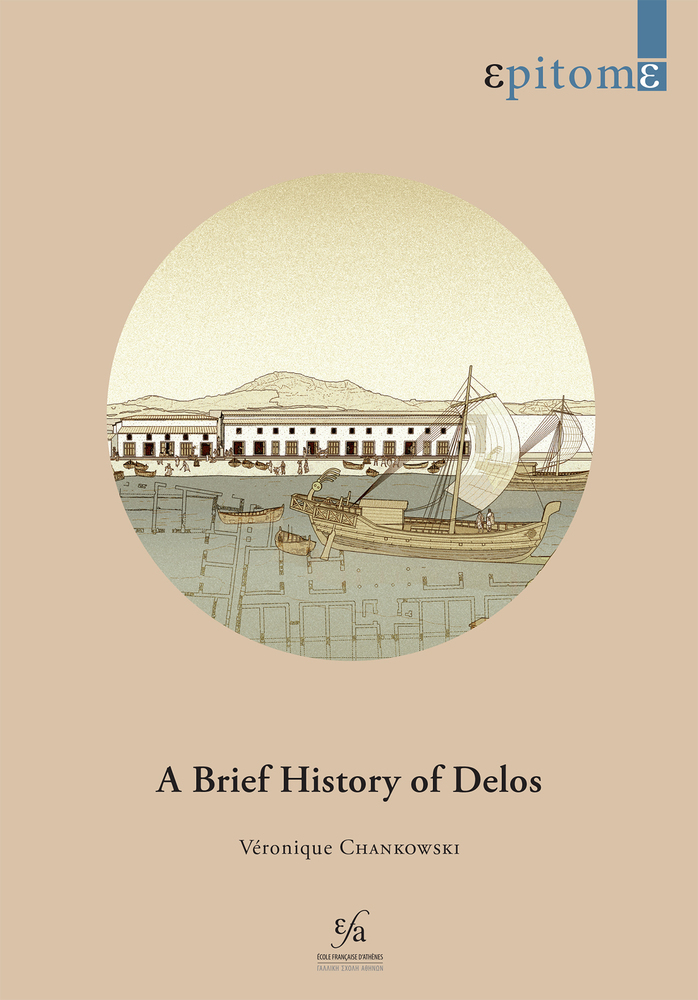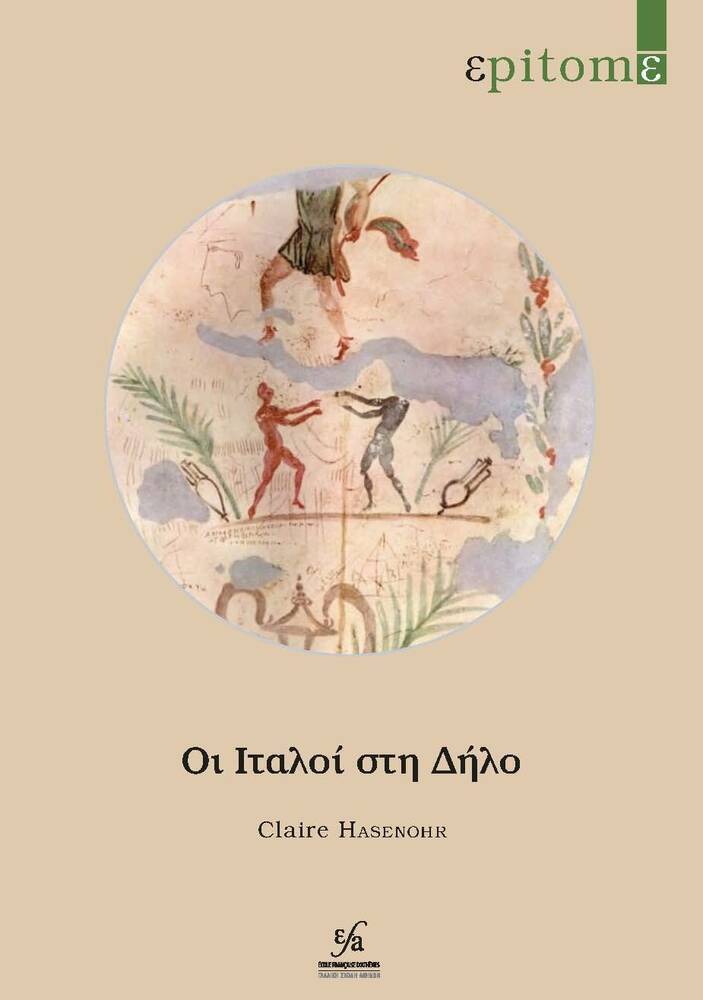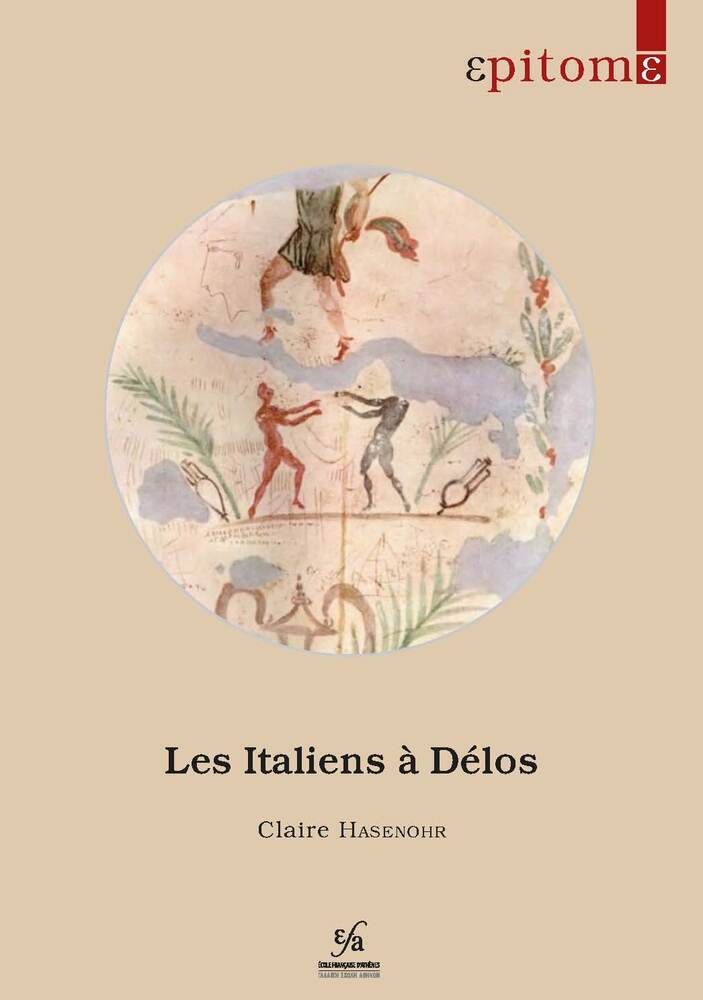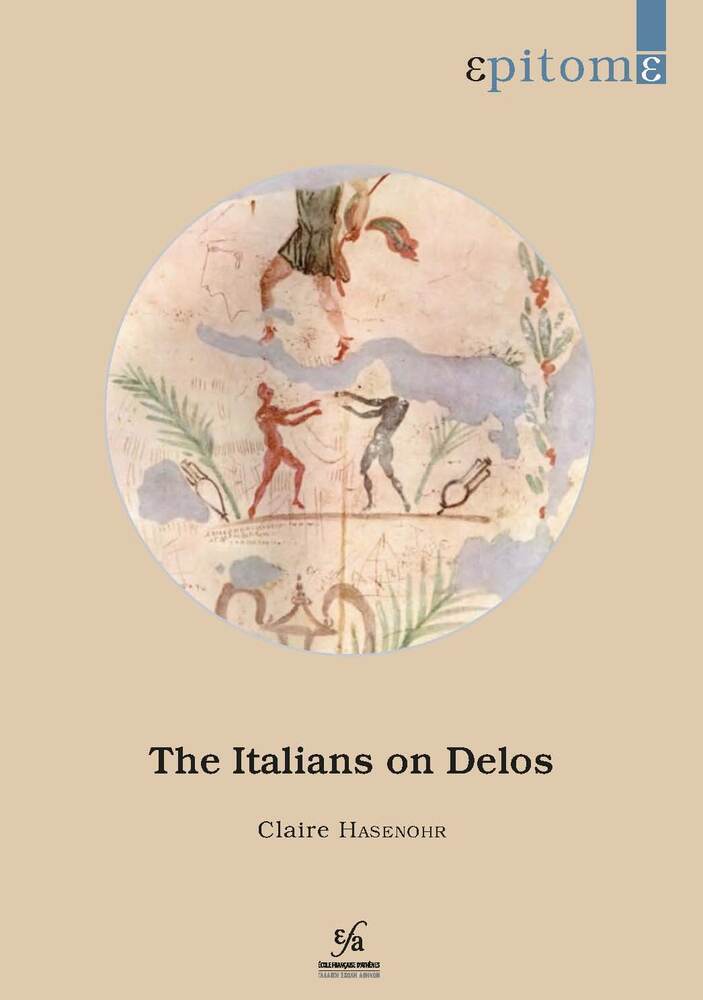Durante il II secolo e fino all'inizio del I secolo a.C., l'isola di Delo, sede del più grande porto di transito del Mediterraneo orientale, accolse numerosi mercanti italiani che prosperarono per circa cinquant'anni tra la popolazione cosmopolita. Grazie ai numerosi edifici, statue, dipinti e iscrizioni portati alla luce dal 1873 dalla Scuola Francese di Atene, è possibile ripercorrere la vita di questa comunità variegata e influente.
Au cours du IIe s. et jusqu’au début du Ier s. av. J.-C., l’île de Délos, siège du plus grand port de transit de Méditerranée orientale, accueille de nombreux commerçants italiens qui prospèrent durant une cinquantaine d’années au sein de la population cosmopolite. Grâce aux multiples édifices, statues, peintures et inscriptions mis au jour depuis 1873 par l’École française d’Athènes, il est possible de retracer à grands traits la vie de cette communauté aussi variée qu’influente.
During the 2nd century and until the beginning of the 1st century BC, the island of Delos, the seat of the largest transit port in the eastern Mediterranean, welcomed many Italian merchants who prospered for about fifty years among the cosmopolitan population. Thanks to the many buildings, statues, paintings and inscriptions uncovered since 1873 by the French School at Athens, it is possible to trace the life of this varied and influential community.
